What if saving the very animals that are threatened by climate change could solve global warming? Climate change is harming wildlife around the globe and puts more at risk of extinction with every degree of global warming. A United Nations report shows that 4 percent of all mammals worldwide would lose half their habitat if global temperatures rise by just 1.5 degrees Celsius.
That’s a pretty dark scenario. But researchers have recently found hope in a surprising place: the animals themselves. It turns out that endangered wildlife can help fight global warming. Restoring threatened species not only benefits the animals directly, but the ecosystems in which they live, and the planet as a whole.
Animals Threatened by Climate Change
Before we jump to the solution, let’s get a better sense of the problem. At least 10,967 species on the IUCN Red List of Threatened Species are endangered right now by rising global temperatures. We’ve all heard about the polar bears, but there are plenty of other animals that are already dealing with the negative effects of climate change. Here are a few:
Chinook Salmon
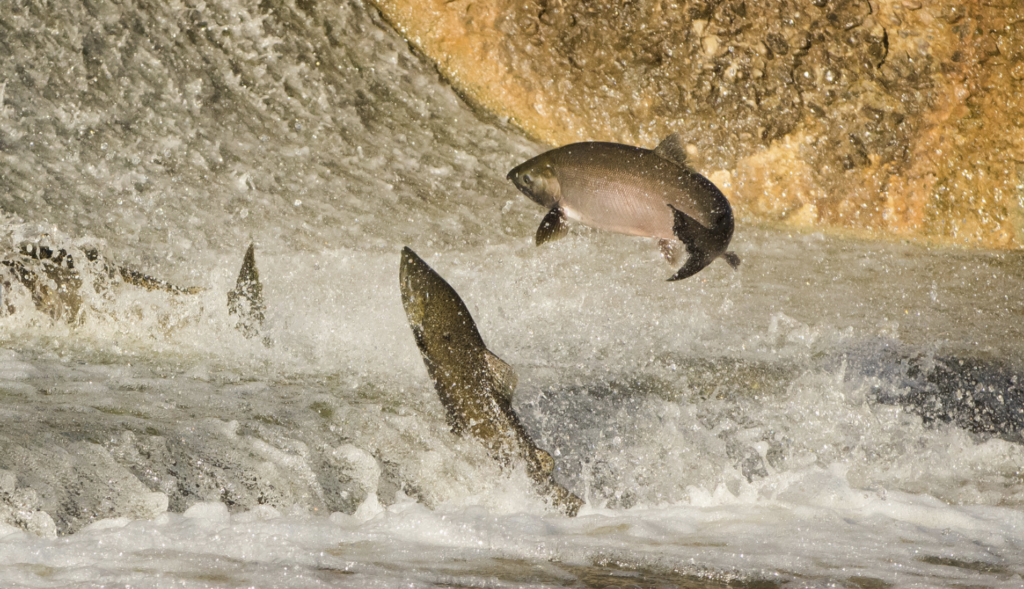
Warming oceans make the Chinook salmon, the largest salmon in the Pacific, more vulnerable to predators, parasites, and disease. But that’s not the only way the Chinook salmon are struggling in the wake of climate change. The melting ice pack upends their life cycle by reducing the flow of the freshwater streams and rivers where the salmon are born. This makes it harder for them to migrate to the ocean where they mature before swimming back again to spawn in freshwater.
Elephant
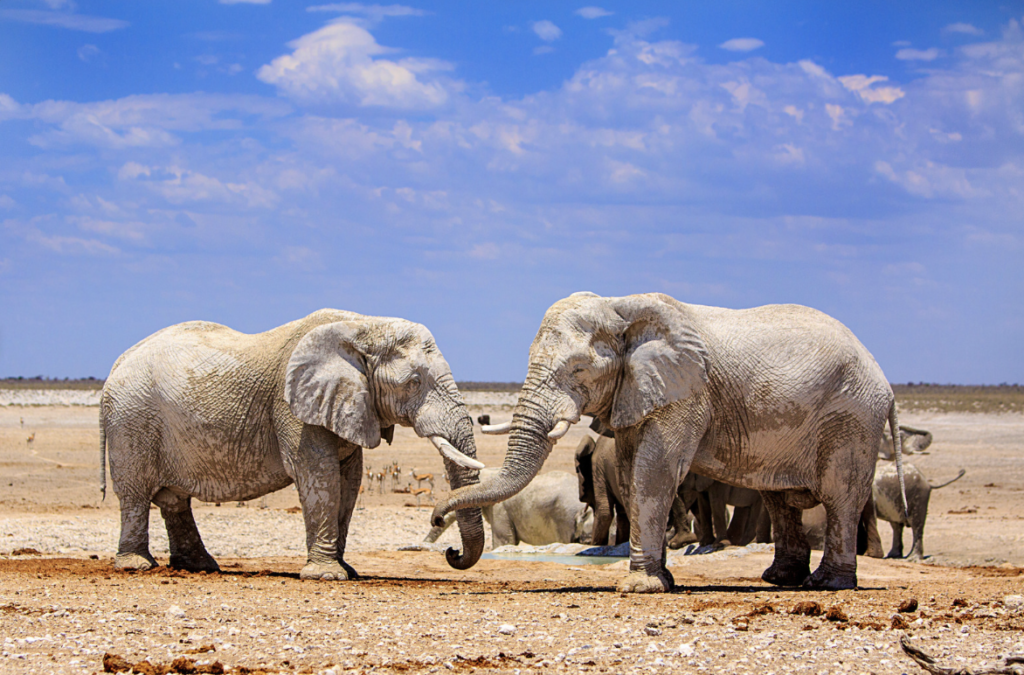
Asian and African elephants are also threatened by climate change. Kenya’s Wildlife and Tourism Board has announced that climate change is an even bigger threat to its elephant population than poaching. More than 179 elephants died in Kenya in one year as a direct result of the drought there, which is the worst on record and is going into its sixth year. If elephants don’t drink at least 2-3 times a day, they can succumb to dehydration, and mothers are more likely to miscarry. In addition, rising temperatures are destroying elephant habitats. Zimbabwean elephants are expected to lose 40% of their habitat by 2050 for this reason.
Snowshoe Hare
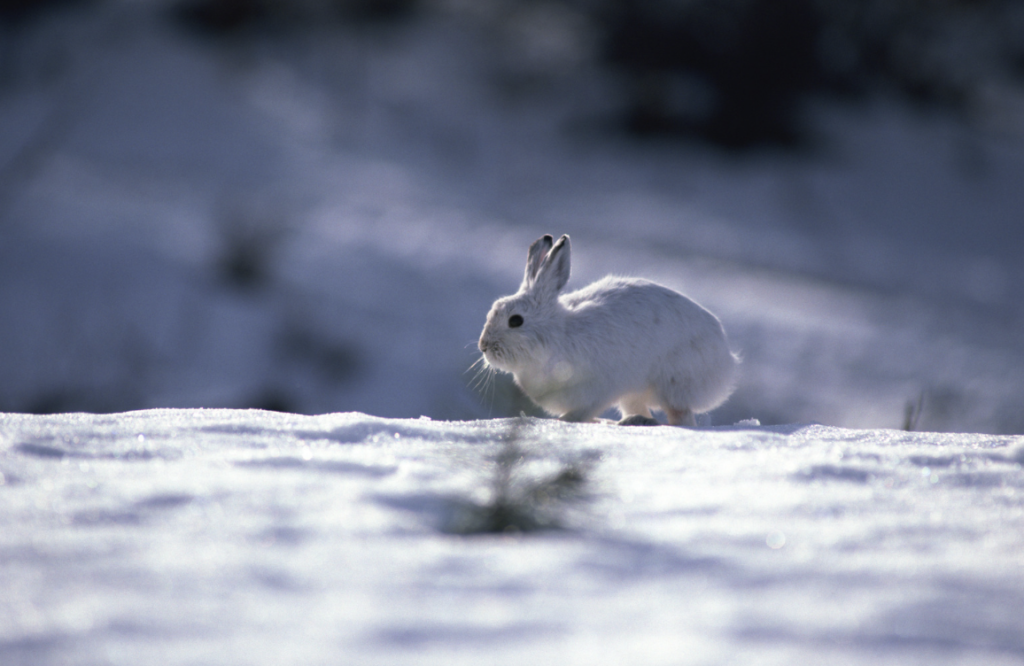
Climate change is making it more difficult for the snowshoe hares to time their protective molting. The snowshoe hares famously turn from brown to white in the winter so they can camouflage in the snow. However, rising global temperatures are throwing off the hares’ ability to coordinate their molting with seasonal changes. Hares begin their molting based on environmental cues such as lower temperatures and snow depth. With climate change causing these cues to fluctuate, the hares don’t molt in time to match their coats with the changing landscape, making them more easily spotted by predators.
African Great Ape
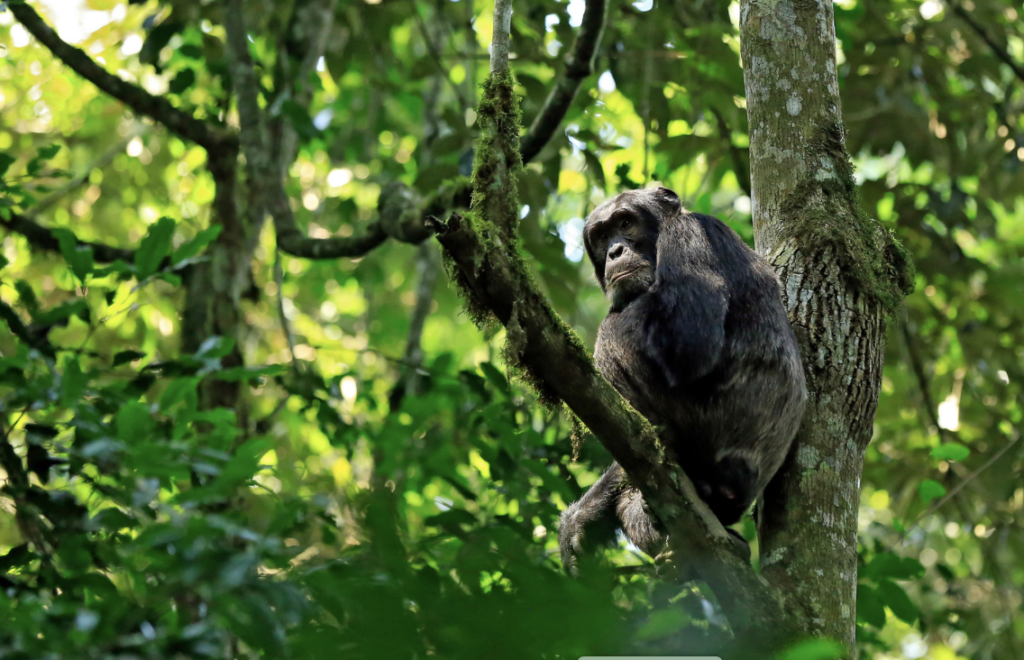
Rising temperatures have already started to affect African Great Apes. A 2024 study looked at 363 Great Ape habitats in Africa and found evidence that nearly half of those locations had already experienced significant temperature increases over 9 of the last 10 years. The eastern chimpanzees faced the biggest temperature jump at over half a degree Celsius. What’s more, the study predicted that drastic weather patterns will impact 288 of those sites, with heavy rains and an increase in consecutive dry days. This would make areas where gorillas live exposed to wildfires and crop failure, which might lead to increased deforestation as humans deal with dwindling resources. African apes would also suffer from heat dehydration, and a reduction in water sources and fruit trees.
North Atlantic Right Whale
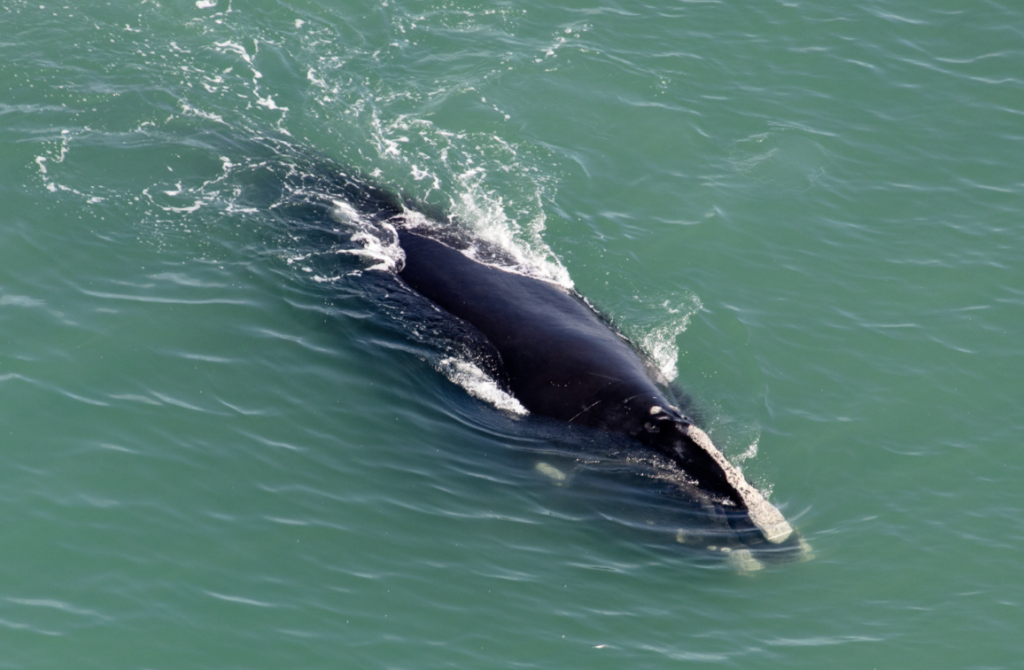
Climate change is also one of the reasons why the North Atlantic right whale is one of the world’s most endangered whale species. Warming oceans are causing their prey, tiny crustaceans, to change location. As the whales follow their prey, they spend more time in areas where they are likely to be hit by ocean vessels or tangled up in fishing gear. In addition, climate change is impacting right whale reproductivity. Birthing rates are down, which indicates that females are having trouble finding enough food to support their pregnancy.
Endangered Animals Help Combat Climate Change
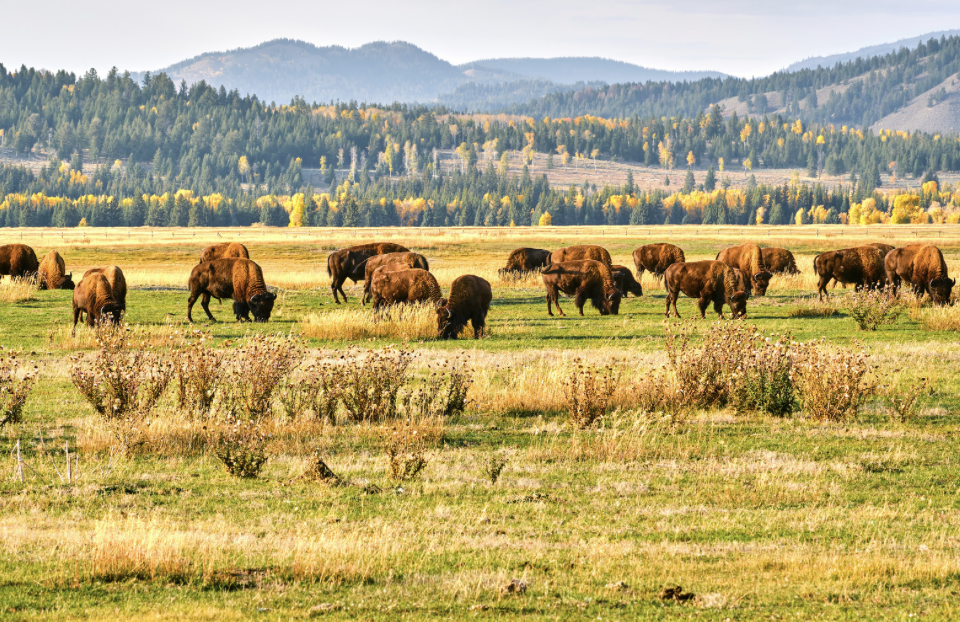
These animals are just a handful of the many species that are directly threatened by climate change. That’s a troubling realization, but there’s also hope: wildlife can help fight global warming through a process known as “animating the carbon cycle.” This refers to any way in which wildlife functions as a natural solution to climate change by lowering carbon dioxide levels in the atmosphere.
Carbon dioxide, released by burning fossil fuels, is the leading culprit in the greenhouse effect causing the rapid global warming we are experiencing today. Earth’s greenhouse gases naturally trap the sun’s heat in the atmosphere to warm the planet. But carbon dioxide emissions have drastically increased, causing extra heat to be trapped and global temperatures to rise.
Protecting wildlife around the world could provide a completely natural way to reduce harmful carbon dioxide levels by supercharging the planet’s carbon sinks, according to a 2023 study by an international group of 15 scientists. Carbon sinks are the forests, wetlands, and other ecosystems that naturally capture and store carbon dioxide and prevent it from being discharged back into the atmosphere. Rewilding just 9 species – marine fish, whales, sharks, grey wolves, wildebeest, sea otters, musk oxen, African forest elephants and American bison – could mean the additional capture of 6.41 billion tons of carbon dioxide annually. This number is so large that it would equal 95% of the targeted amount needed to keep global warming below the 1.5-degree Celsius threshold specified by the Paris Agreement.
Animals promote carbon capture and storage in their ecosystems by simply going about their business. Some wildlife can help fight global warming by dispersing the seeds of plants and trees that store carbon. Others ensure those trees have room to grow by trampling understory vegetation. Still others prey on the animal populations that would destroy trees and plants if left unchecked. And many animals depose nutrients in the soil that help store carbon.
For example, African forest elephants prime the rainforests of West African and the Congo Basin for carbon capture when they eat smaller trees and plants, clearing the way for the growth of taller trees with denser wood. Since elephants can eat up to 992 pounds of vegetation a day, adding even just one elephant per square kilometer could increase the plant mass in a forest enough to suck up more than 10 billion tons of carbon dioxide.
Act Now: What You Can Do To Help
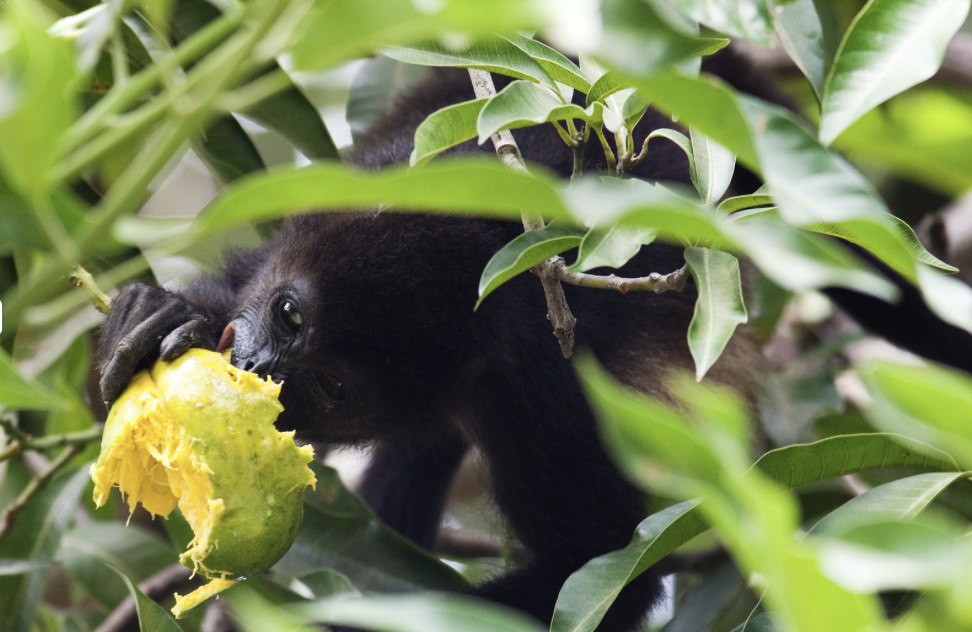
The world’s wildlife populations have decreased by almost 70% in the last 50 years – which means that the time to act is now. If helping endangered animals means helping the environment, inaction could not only mean the tragic loss of those species, but further contribute to global warming.
As animals become extinct, the ecosystems they inhabit could flip from carbon sinks to carbon sources, adding more greenhouse gases to our atmosphere. For example, scientists have found that the loss of large fruit-eating animals in tropical forests causes decreased carbon storage by significantly reducing the number of large trees. Without animals dispersing their seeds, these trees thin out and the forests become degraded. Deforestation and forest degradation contribute to 7-17% of global carbon emissions.
So, what can we do to help endangered wildlife fight global warming? Here are some places to start:
- Learn about endangered species around the world, and the ways that you can help protect them and their habitat by reading our profiles on Species in Peril.
- Help combat climate change by empowering yourself and others to speak up about it, making lifestyle changes, or fundraising. For specific ideas, check out our page on Climate Action.
- Invest in ethical wildlife sanctuaries.
- Join SAFE in fighting the poaching industry.
REFERENCES
Frederick, E. (2019, July 15). Hungry Elephants Fight Climate Change one mouthful at a time. Science. https://www.science.org/content/article/hungry-elephants-fight-climate-change-one-mouthful-time
Gardner, C.J., Bicknell, J.E., Baldwin-Cantello, W. et al. (2019) Quantifying the impacts of defaunation on natural forest regeneration in a global meta-analysis. Nat Commun 10, 4590. https://doi.org/10.1038/s41467-019-12539-1
Kiribou, R., et al. (2024, February 28). Exposure of African ape sites to climate change impacts. PLOS Climate. https://journals.plos.org/climate/article?id=10.1371%2Fjournal.pclm.0000345
Schmitz, Oswald J., et al. (2023) “Trophic Rewilding Can Expand Natural Climate Solutions.” Nature Climate Change, vol. 13, no. 4, pp. 324-333, https://doi.org/10.1038/s41558-023-01631-6
Species and climate change. IUCN. (2022b, November 4). https://www.iucn.org/resources
Turrentine, J. (2022, September 13). What are the causes of climate change?. What Causes Climate Change? Human and Natural Causes. https://www.nrdc.org/stories/what-are-causes-climate-change#natural
United Nations. (n.d.). Biodiversity – our strongest natural defense against climate change. United Nations. https://www.un.org/en/climatechange/science/climate-issues/biodiversity
Which animals are most impacted by climate change?. IFAW. (2023, August 2). https://www.ifaw.org/journal/animals-most-impacted-climate-change

